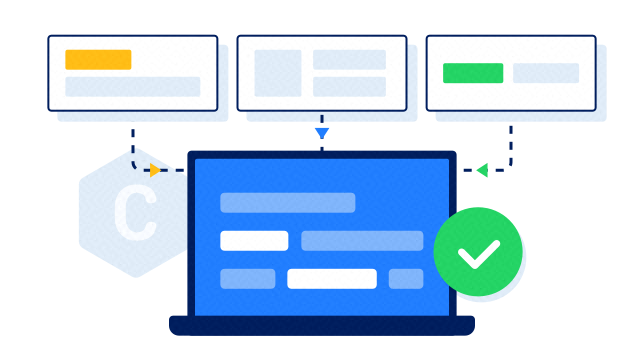OceanBase Developer Center

Build a Business System
Basic Data Development
Collaborative Control
Data Security
- 1Data object visualization
Object creation and management are common tasks in database development. In ODC, you can create and manage database objects such as tables, views, functions, stored procedures, sequences, triggers, types, and synonyms.
For more information, see "Database objects".
- 2SQL console
ODC integrates the command-line tool OBClient into the command-line window. The command-line window allows you to use command lines to develop and manage database features without the need to download or install OBClient separately.
For more information, see "SQL window".
- 3Data import and export
ODC allows you to import and export the entire database or a single table. The database import and export features allow you to import data to or export data from multiple tables in the database at a time. The table import and export features allow you to import data and schema to or export data and schema from a single table.
For more information, see "Batch import and export".
- 4Abundant tool support
ODC provides a series of built-in development tools, such as data import and export, data mocking, partitioning plans, database changes, shadow table synchronization, and SQL plan.
For more information, see "Use tools".

Dive Deep into ODC
- Public Resource ManagementDocuments
Learn more about public resource management in ODC
- WorkspaceDocuments
Learn more about the workspace of ODC
- ToolsDocuments
Learn more about tools in ODC





 Download
Download